
Senate Passes Harmful SNAP Changes After Workaround
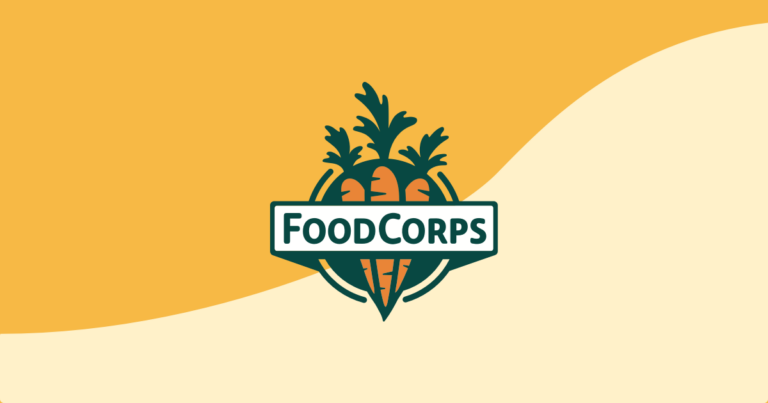
FoodCorps Frustrated by Cancellation of Farm to School Grants, Another Blow to Local Food
Read moreThis move marks another cut to crucial nutrition programs.

FoodCorps Responds to USDA Cuts to Local Food Spending

FoodCorps’ Statement on the 2024 Election

FoodCorps Launches School Food Policy Action Map, New Online Advocacy Resource
For media inquiries, contact:
Sign up for our newsletter and keep up with FoodCorps’ latest updates and stories.
Get inspired by stories about our engagement with schools and districts, our corps members’ partnerships in schools, and visions of nourishing food futures for all kids.

The Policy Brief: 2025 State Policy Updates
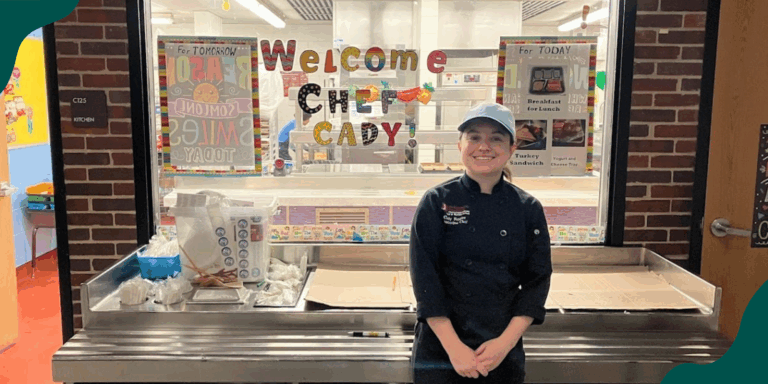
Alumni Spotlight: Cady Molloy, School District Executive Chef
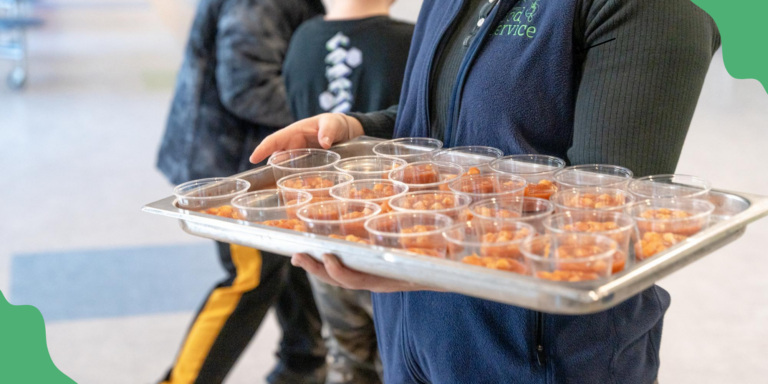
6 Careers in Food That Make a Difference

FoodCorps Frustrated by Cancellation of Farm to School Grants, Another Blow to Local Food
Read moreThis move marks another cut to crucial nutrition programs.

FoodCorps Responds to USDA Cuts to Local Food Spending

FoodCorps’ Statement on the 2024 Election

FoodCorps Launches School Food Policy Action Map, New Online Advocacy Resource
For media inquiries, contact:
Sign up for our newsletter and keep up with FoodCorps’ latest updates and stories.

FoodCorps Responds to New USDA Nutrition Standards for School Meals

FoodCorps Announces New Partnership in Alabama

FoodCorps Applauds National Attention to School Meals, Urges All Candidates to Prioritize Access to Child Nutrition

Applegate's donation will support FoodCorps' programming in New Jersey.

White House Announces $1.7 Billion in New Commitments to End Hunger and Build Healthy Communities

FoodCorps Expands Programming to Cleveland Metropolitan School District

FoodCorps Receives $1 Million Donation from Dohmen Company Foundation in Support of Providing Nourishing Futures to Students

Senate Passes Harmful SNAP Changes After Workaround

FoodCorps’ Statement on House Vote to Cut SNAP Funding

FoodCorps Announces Rachel Willis, Longtime Educator and Board Member, As President

FoodCorps in the News: 2024

Dr. Robert S. Harvey Selected As 2024 Aspen Ideas Health Fellow
Get inspired by stories about our partnerships with schools, our corps members’ impact, and visions of healthy food futures for all kids.
Sign up for our newsletter and keep up with FoodCorps’ latest updates and stories.

The Policy Brief: 2025 State Policy Updates

Alumni Spotlight: Cady Molloy, School District Executive Chef

6 Careers in Food That Make a Difference
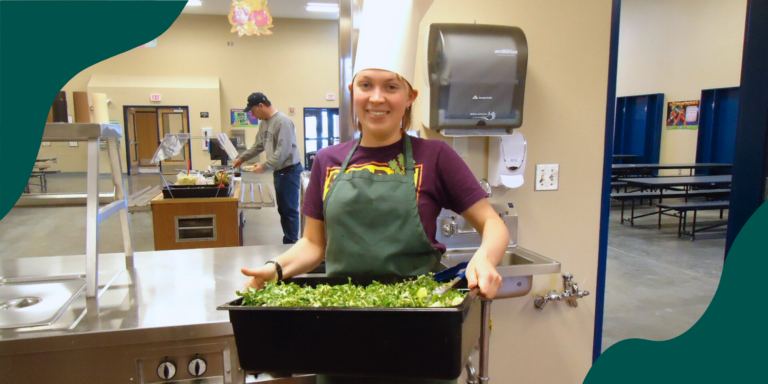
Fighting Hunger and Making Food Fun
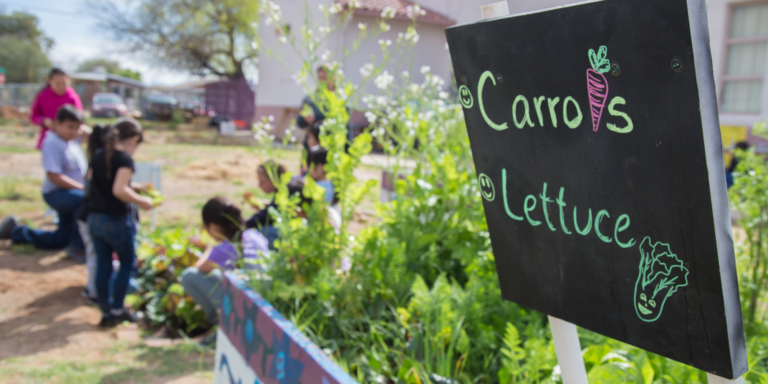
9 Stunning School Gardens to Inspire You This Spring

17 Children’s Books We Love All About Food
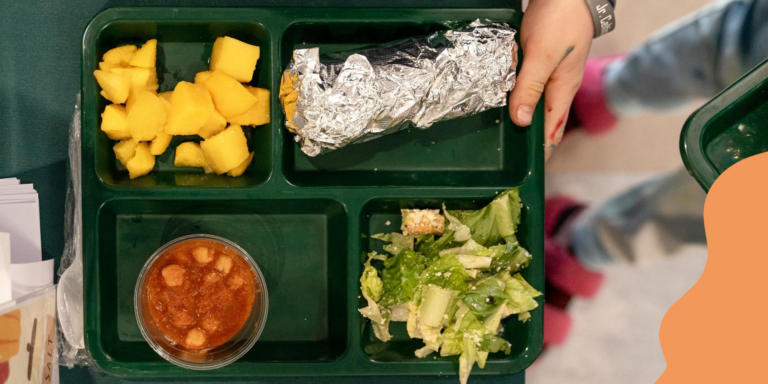
What is the Community Eligibility Provision, or CEP?

Introducing Our 2024-2025 Alumni Advocacy Leads
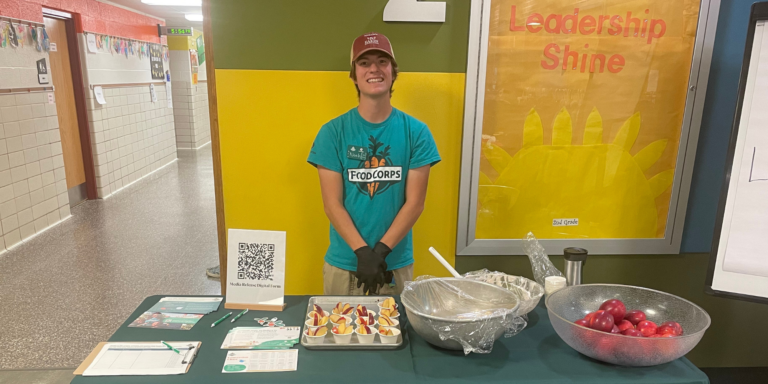
A Day in the Life: Noah Doederlein, School Nutrition Member

We Need Your Help to Save AmeriCorps

The Policy Brief, Winter 2025: Championing CEP
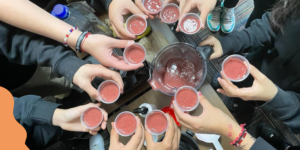
5 Blender-Friendly Recipes For Sauces and More

Our 2024 Child Nutrition Policy Year in Review

9 Thoughtful Holiday Gifts Made by FoodCorps Alumni
About (xx) results